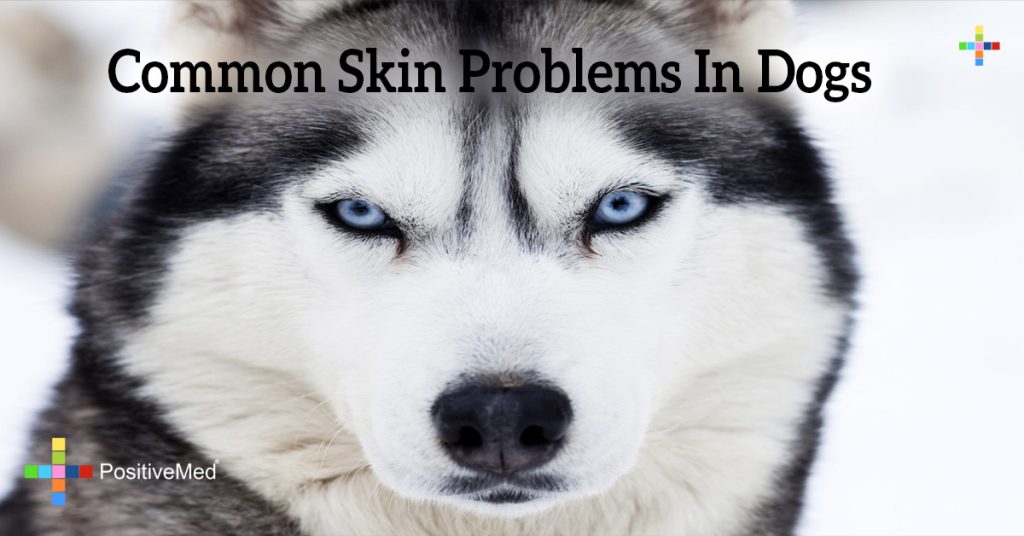
Common Skin Problems In Dogs And How To Know If Your Dog Has Them
Skin disorders are among the most common problems in dogs. Your dog’s skin is a great indicator of its general health. The disorders vary from acute to chronic or long-lasting problems requiring life-long treatment.

Here are some common skin conditions of dogs:
Allergic DermatitisSome grooming products, foods, and environmental factors like pollen or insect bites can cause allergic reactions. Dogs with allergies are often seen scratching their skin relentlessly and their skin has rashes. Corticosteroids are helpful for treating itchy rashes but the most effective way is to identify allergens and keep your dog away from them.
Yeast InfectionYeast infections are a common skin disease, you can see them when observing your dog. If you notice your dog scratching ears or licking their toes, ask your veterinarian to test for yeast infection. It usually occurs on paws and ears where yeast can grow. Topical creams are effective treatment.
FolliculitisThis infection causes bumps, sores, and scabs on the skin, you can easily identify this in shorthaired dogs, in longhaired dogs the most common symptoms are a dull coat and shedding with scaly skin underneath. It often occurs in with other skin problems like mange, allergies, or injury. It can be treated with antibiotics and antibacterial ointments.
AtopyAtopy is a common skin disease in dogs, it’s a reaction to an environmental allergen. It usually happens when your dog spends time in areas where there are allergens. Common causes are grasses, dust mites, and pollen. There is often seasonality to symptoms but can have symptoms throughout the year.
ImpetigoImpetigo is a bacterial infection more common in puppies. It causes pus-filled blisters that can break and crust over, usually on the hairless portion of the abdomen. It is not a serious condition and can be treated with a topical solution.
SeborrheaSeborrhea makes a dog’s skin look greasy and causes dandruff or scales. It’s a genetic disease that starts when your dog is young and lasts it’s lifetime. In some cases dogs develop scales from allergies or hormonal imbalance. Treat the cause so that the symptoms do not recur.

RingwormContrary to its name, ringworm is caused by a fungus, not a worm. The term ‘ring’ is derived from the circular patches found on a dog’s head, paws, ears, and forelegs. Symptoms include inflammation, scaly patches, and loss of hair. Puppies younger than 1 year are more prone to this disease and it’s easily spreadable to people and other dogs.
Fleas and ticks
Fleas are responsible for many skin diseases in dogs, some develop allergies to fleas and are sensitive to flea bites. The allergy is caused from a substance present in fleas’ saliva and can cause serious skin diseases. Symptoms include excess licking or scratching, scabs, and hot spots.
Ticks, like fleas, are external parasites that feed on blood. You can spot them with the naked eye. To remove them pull them straight out using tweezers.
Mange (Mites)Mange is caused by tiny parasites called mites; Sarcoptic Mange, also known as canine scabies, can be transmitted to humans, but the parasites can’t survive on them. Symptoms include intense itching, sores, red skin patches, and hair loss. The most prone areas are ears, face, and legs. Demodectic mange causes bald spots, sores, and scabbing. Treatment is available according to type of mange.
Skin TumorsIf you observe any hard lumps on your dog’s skin, see your vet as it can be a skin tumor. The only way to con firm a tumor is through biopsy. If the lump is small your vet may recommended removing it entirely.







